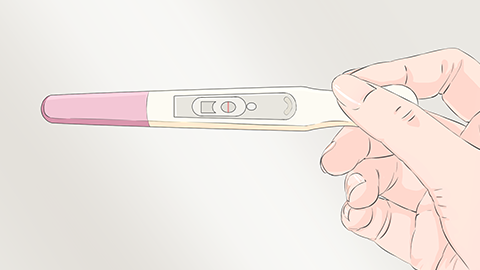Risks of Uterine Septum
The uterus is the optimal environment for fetal development. However, in real life, many pregnant women experience preterm birth or miscarriage. Even when they take great care of their health and have not experienced any abdominal trauma, such issues may stem from underlying personal factors—most likely due to a septate uterus. So, what are the risks associated with a septate uterus?
① Recurrent miscarriages
Due to the presence of an abnormally shaped uterus, women may suffer recurrent miscarriages. A septate uterus is one type of uterine malformation and therefore can significantly impact fertility.

② Poor fetal development
Because the endometrium within the septum develops poorly, the placenta in this area may not receive adequate blood supply, impairing normal fetal growth and development. This increases the risk of complications such as fetal demise or intrauterine fetal death.
③ Ectopic pregnancy
The septum tissue can interfere with normal implantation of the fertilized egg, potentially causing sperm or the embryo to travel backward into the fallopian tubes, leading to ectopic pregnancy. Given the complex structure of partial uterine septa, ectopic pregnancies often occur in hard-to-detect locations such as the blocked uterine cornua or cervix.
④ Infertility
Since the septum forms a protrusion inside the uterus, when a fertilized egg reaches the uterine cavity, it may implant on this septal tissue, preventing normal conception and ultimately resulting in infertility caused by a septate uterus.





